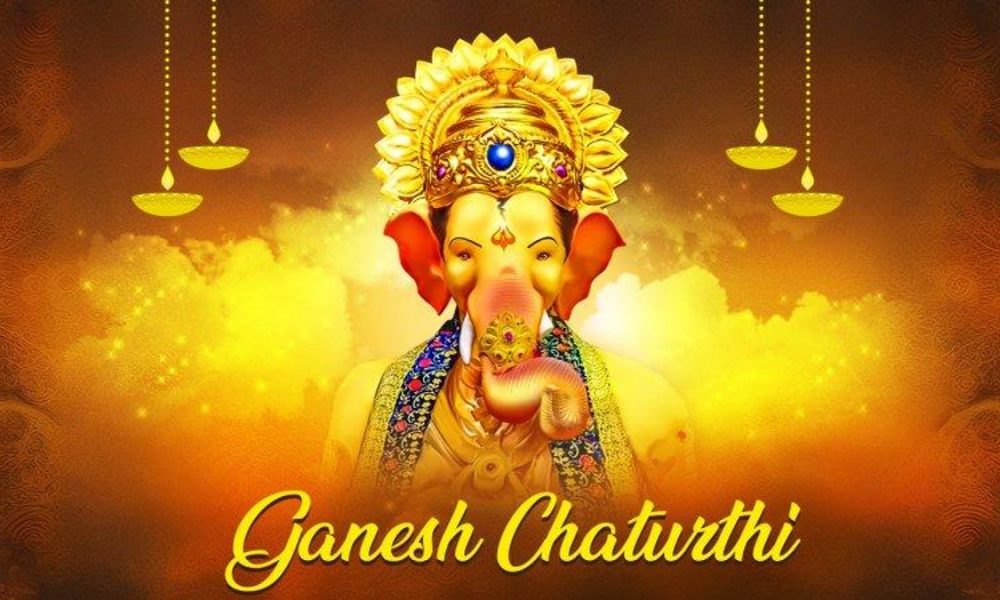Best To Talk – Ganesh Chaturthi, also known as Vinayaka Chaturthi, is one of the most widely celebrated Hindu festivals in India, dedicated to Lord Ganesha, the elephant-headed god of wisdom, prosperity, and remover of obstacles. This festival marks the birth of Lord Ganesha, the son of Lord Shiva and Goddess Parvati, and is celebrated with great enthusiasm, especially in the states of Maharashtra, Karnataka, Goa, and Andhra Pradesh.
Historical and Cultural Significance
The origins of Ganesh Chaturthi can be traced back to ancient times. While the festival has been celebrated in some form for centuries, it gained prominence in its current form during the reign of the Maratha ruler, Chhatrapati Shivaji Maharaj, who promoted it as a public event to foster a sense of community and national unity. The festival was later revived and popularized by the freedom fighter Lokmanya Bal Gangadhar Tilak in 1893, during the British colonial period. Tilak transformed Ganesh Chaturthi from a private family event into a large, well-organized public festival, which became a platform for the promotion of nationalist sentiments and the unity of the Indian people against British rule.
Preparations and Celebrations
Ganesh Chaturthi typically begins on the fourth day (Chaturthi) of the Hindu lunar month of Bhadrapada (August or September) and lasts for 10 days, culminating in the grand immersion (Visarjan) of the Ganesha idols on the 11th day.
1. Installation of Idols: The festival begins with the installation of clay idols of Lord Ganesha in homes and public pandals (temporary structures). These idols can range from a few inches to several feet in height. The process of bringing home or creating an idol is a significant ritual, with families and communities often competing to have the most beautiful and elaborate idols.
2. Daily Rituals: Once the idol is installed, it is worshipped with daily prayers (aarti), offerings of flowers, sweets (especially modaks, which are considered Ganesha’s favorite), and other traditional foods. The aarti is performed in the morning and evening, accompanied by the chanting of hymns and devotional songs.
3. Public Celebrations: In many parts of India, especially in Maharashtra, huge public celebrations are held. Pandals are set up in neighborhoods, and cultural events such as music, dance, and plays are organized. These pandals often have themes, ranging from traditional to contemporary issues, and attract large crowds.
4. Visarjan (Immersion): The festival concludes with the immersion of the Ganesha idols in a nearby body of water, such as a river, lake, or the sea. This act symbolizes the return of Lord Ganesha to his heavenly abode, taking with him the misfortunes of his devotees. The immersion process is accompanied by loud chants of “Ganpati Bappa Morya, Pudhachya Varshi Lavkar Ya!” meaning “Hail Lord Ganesha, come back soon next year!” The procession to the water bodies is a grand affair, with people dancing and singing along the way.
Environmental Concerns and Eco-Friendly Practices
In recent years, the large-scale use of Plaster of Paris (PoP) idols and chemical-based paints has raised environmental concerns, as these materials do not dissolve easily in water, causing pollution and harm to aquatic life. In response, there has been a growing movement towards eco-friendly celebrations. Many people now opt for idols made from natural clay, which dissolve more easily, and use organic colors for decoration. Some communities also practice symbolic immersion in artificial tanks to minimize environmental impact.
Spiritual and Social Importance
Ganesh Chaturthi is not just a religious festival; it also has deep social and cultural significance. It fosters a sense of community and brings people together, regardless of their socio-economic background. The festival also serves as a platform for charitable activities, where donations are collected to help the needy.
On a spiritual level, Ganesh Chaturthi is a time for devotees to seek the blessings of Lord Ganesha, praying for the removal of obstacles in their lives, success in their endeavors, and overall well-being. The festival also emphasizes the importance of humility, wisdom, and the triumph of good over evil.
Conclusion
Ganesh Chaturthi 2024 is a festival that blends religious devotion, cultural expression, and community spirit. Its celebrations, rich with rituals and traditions, reflect the deep reverence that Hindus have for Lord Ganesha. While the festival has evolved over time, adapting to modern concerns and lifestyles, its core message of unity, prosperity, and the removal of obstacles remains unchanged. As Ganesh Chaturthi continues to be celebrated with fervor across India and among the Indian diaspora worldwide, it remains a powerful symbol of faith, resilience, and the enduring cultural heritage of India.

